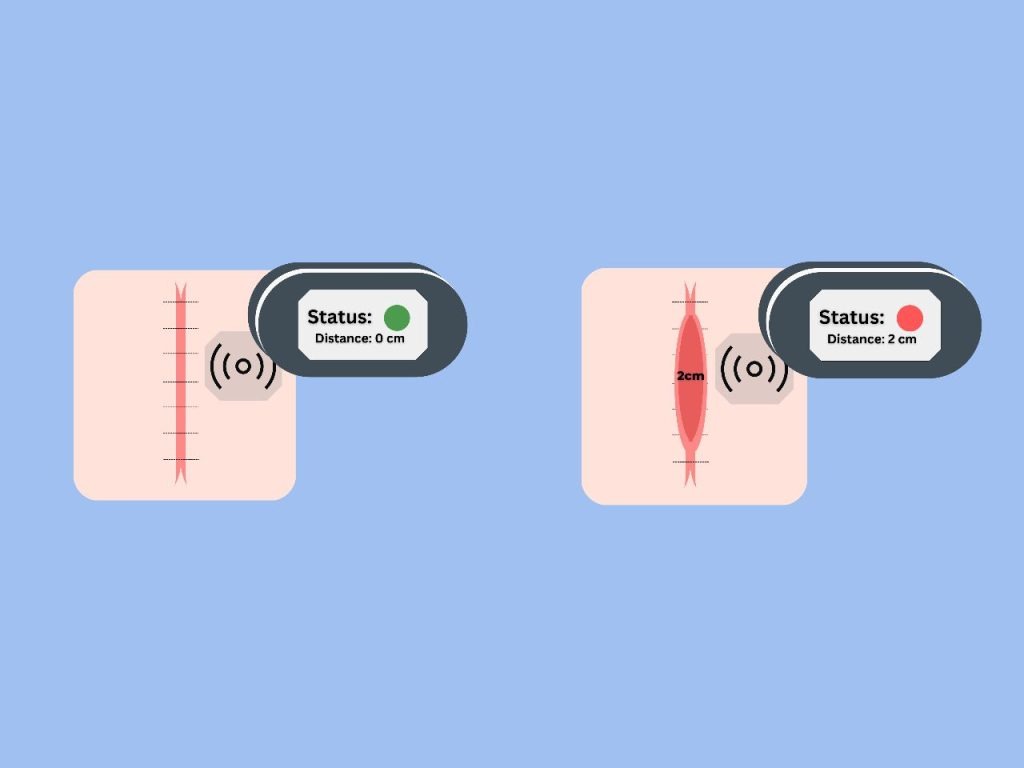VentrAlarm: Post-Operative Monitoring of Ventral Hernia Repairs
- Zan Chaudhry
- Ojas Chahal
- Alex Chao
- Aiesha Chaudhry
- Ria Dani
- Rhyan Schweyk
- Smriti Srikanth
- Michelle Wang
- Michelle Zwernemann (Faculty mentor)
- Dr. Hooman Soltanian (Clinical mentor)
- Dr. Salih Colakoglu (Committee member)
- Dr. Khalil Merali (Committee member)
- Carter Gaulke (Teaching assistant)
Abstract:
Ventral hernias (VHs) involve a rupture in the anterior abdominal wall, allowing viscera to extrude from the abdominal cavity into a hernia sac. When untreated, VHs can grow in size and lead to a variety of complications, including bowel obstruction and potentially fatal bowel ischemia. Over 350,000 ventral hernia repair (VHR) surgeries are performed each year in the United States. However, 14-40% of VHs recur within 10-12 years after VHR. Furthermore, diagnosing a recurrent VH in its early stages is challenging. Physical examinations miss up to 31% of VHs, and CT scans are unreliable due to high interobserver variability. Recurrent VHs often go undetected until the hernia has enlarged to the point of requiring another complicated procedure. There is currently no way of assessing the integrity of a VHR post-operatively over time. Furthermore, while clinicians are aware of the general risk factors for VH recurrence (such as excessive tension on the repaired midline), little research has been done on the specific behaviors or events in a patient’s daily life that can lead to recurrence.
Our solution aims to reduce VH recurrence by improving postoperative monitoring for VH patients. Our technology consists of a system that can monitor the motion of the abdominal wall edges during a patient’s daily activities following a VHR. Considering that patients are usually unaware of the physical state of their repair during the healing process, this system has the potential to greatly reduce VH recurrence by guiding patient behaviors and aiding clinicians in identifying the specific causes of recurrence.

